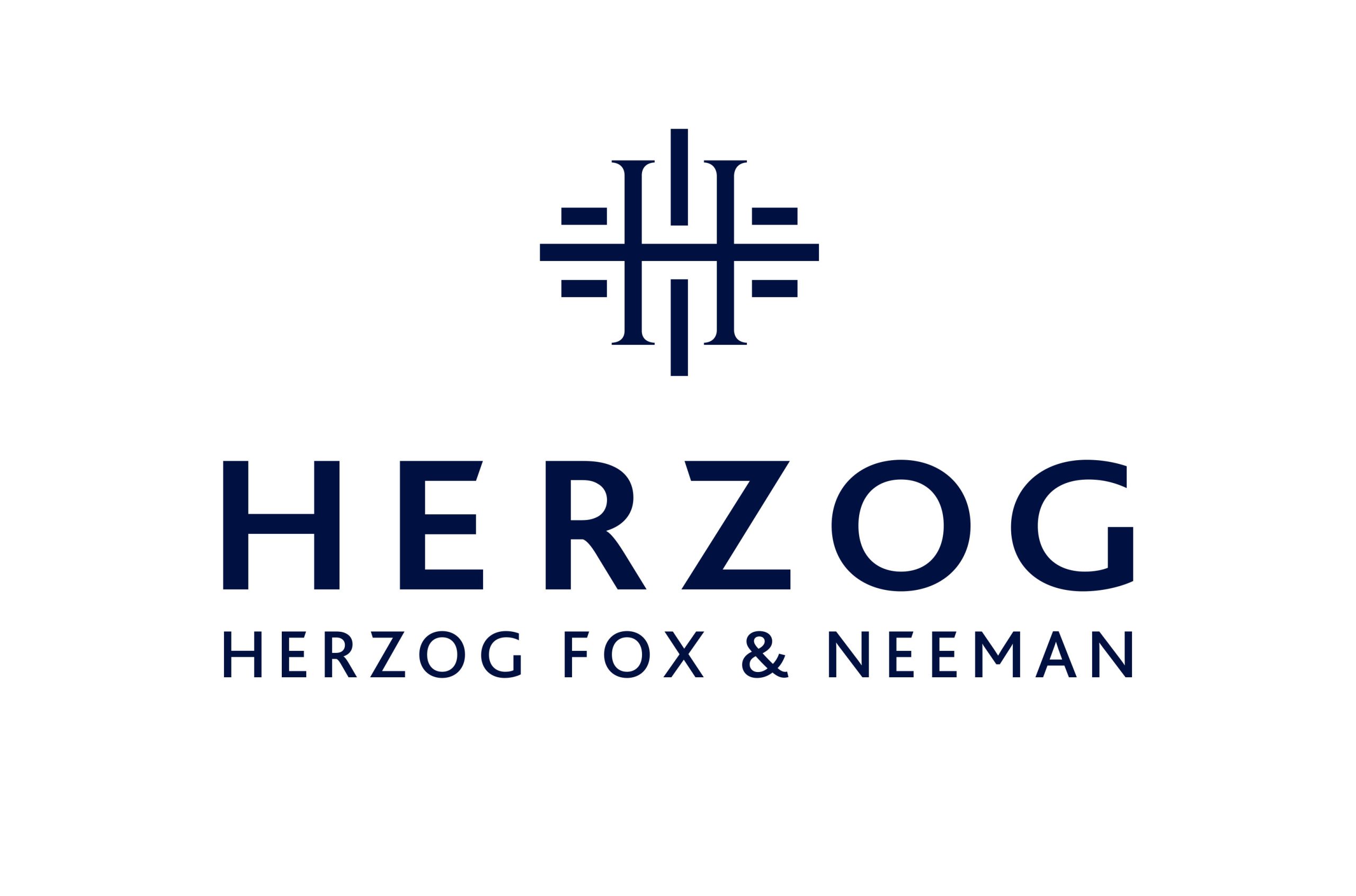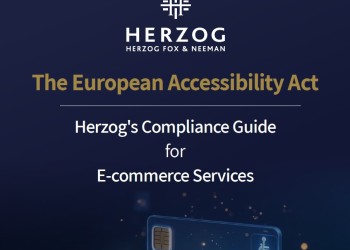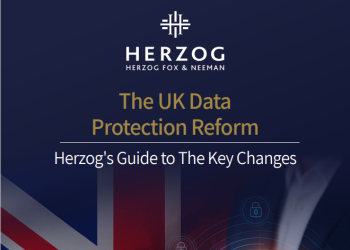The Federal Trade Commission Published its Updated Endorsement Guides
6 July 2023
The Federal Trade Commission (“FTC“) has recently announced the anticipated finalization of its updated Guides Concerning the Use of Endorsements and Testimonials in Advertising (the “Guides“).
The updated Guides provide guidance to businesses regarding truthful advertising practices involving reviews and endorsements. The Guides reflect the FTC’s updated view on addressing the evolving landscape of advertising practices, particularly on the internet and social media, by updating this set of guidelines which were last updated in 2009. The updated Guides also emphasize the liability of all parties involved, including intermediaries such as advertising agencies and PR firms.
The Guides are advisory in nature, and do not independently impose civil penalties. However, they are intended to provide a framework on how the FTC interprets and would enforce Section 5 of the FTC Act (15 U.S.C. 45) which prohibits “unfair or deceptive acts or practices in or affecting commerce“, with respect to endorsement and testimonials.
Key updates and guidance in the Guides include:
1. Revised definition of “endorsement” – The current definition of endorsement includes any advertising message that consumers are likely to believe reflects the opinions of a party other than the sponsoring advertiser. Under the updated Guides, tagging a brand in a post may be considered an endorsement (although the FTC acknowledges that this may not always be the case).
2. Revised definition of “endorser” – Currently, endorser is the party whose opinions appears to reflect the endorsement, and it could be an individual, group or institution. The FTC revised this definition to also include those who “appear to be an individual, group or institution“, encompassing virtual endorsers (i.e., influencers), fabricated endorser, writers of fake reviews and non-existing entities that purport to provide endorsements.
3. “Clear and conspicuous” definition – The term “clear and conspicuous” in the Guides refers to how a disclosure should be presented. The updated Guides provide specific characteristics that make disclosures effective.
Under the updated Guides, a “clear and conspicuous” disclosure is one that “is difficult to miss (i.e., easily noticeable) and easily understandable by ordinary consumers.” This means, inter alia, that:
- A disclosure should appear through the same means as the triggering claim (i.e., if the triggering claim is made both visually and audibly, then the disclosure must also appear both ways);
- A visual disclosure should stand out from any accompanying text (in terms of size, contrast, location and length) so that it would be easily noticed, read, and understood. An audible disclosure should be delivered sufficiently (by its volume, speed, and cadence) for ordinary consumers to easily hear and understand it;
- In any communication using an interactive electronic medium, such as social media, the disclosure should be unavoidable.
4. Clarifying liability for advertisers, endorsers and intermediaries –
- Liability of advertisers: The current Guides acknowledge that advertisers are liable for false or unsubstantiated statements made through endorsements, or for failing to disclose material connections between themselves and their endorsers.
The updated Guides clarify that an advertiser may be liable “for an endorser’s deceptive statement” even if the endorser is not liable. The FTC is clarifying that the advertiser’s liability may extend to “deceptive endorsements” and not just the narrower issue of whether an endorser’s statement is true. For example, the advertiser can be held liable for disseminating an advertisement that include truthful statement from endorser but reflect results that are not typical outcomes of using the product.
To limit potential liability, the FTC advises advertiser to guide their endorsers on avoiding misleading statements and disclosing unexpected material connections; to monitor their endorsers’ compliance; and take sufficient action to address and prevent non-compliance.
- Liability of endorsers: The current Guides state that endorser may be liable for statements made in the course of their endorsements. The updated Guides clarify that endorsers may be held liable when they know or should know they are making a deceptive statement. The Guides also provides that endorsers may be liable for failing to disclose unexpected material connections with advertisers.
- Liability of intermediaries: The updated Guides introduce a new liability for intermediaries, including advertising agencies, public relations firms, review brokers, reputation management companies, and others. These intermediaries can be held liable for their role in creating or disseminating endorsements containing representations that they know or should know are deceptive. For example, if an advertising agency engages in deception or ignores obvious shortcomings of the claims they disseminate, they may be liable.
Intermediaries can also be liable for their roles in endorsements that fail to disclose unexpected material connections, including by hiring endorsers who don’t make the necessary disclosures.
5. New principle for advertisers: no distortion of consumer reviews – According to the updated Guides, advertisers should not take actions that distort or misrepresent consumers’ opinions of their products. This includes actions like suppressing negative reviews, highlighting only positive reviews, paying for positive reviews, and selectively soliciting positive feedback for online reviews.
It should be emphasized that this principle applies regardless of whether the reviews are considered “endorsements” under the Guides.
6. Disclosures of material connections – The current Guides require advertisers to disclose connections between themselves and their endorsers that could materially affect the weight or credibility of the endorsement. The updated Guides requires to specify that such material connections should only be disclosed when they are “not reasonably expected by the audience“. The FTC clarifies the meaning of the components of this provision:
- Material connections may include business, family, or personal relationship, benefits to the endorser (e.g., free or discounted products, early access to a product, payment, prizes, media appearances), etc.
- Expected connection occurs when a significant share of the audience understands or expect the connection. If the audience reasonably expect a connection, then they are not deceived by the lack of disclosure. For example, certain, well-known influencers may be closely associated with a particular brand to the extent that almost everyone knows about their connection. Similarly, followers of certain influencers may expect that endorsements are only made by them when they are paid. In another example, if a film star endorses a product in a television commercial, it is generally expected that celebrities are paid for such appearances. Determining whether a particular connection is expected or not by an audience is a factual question that may require empirical testing.
The FTC no longer requires the disclosure to be “fully” given, rather the disclosure must clearly communicate the nature of the connection sufficiently for consumers to evaluate its significance.
7. New principle for endorsements in advertisements addressed to children – The updated Guides states that endorsements in advertisements targeted at children may raise special concerns due to the characteristics of the audience. The FTC clarifies that practices that would not typically be questioned in advertisements addressed to adults might be questioned in such cases.
Companies that involve reviews and endorsement as part of their operation, including advertisers, endorsers and intermediaries, should ensure that their practices are aligned with the FTC’s new Guides, which were also supplements by a new FAQ page. Please feel free to contact us if you have any questions regarding the implications of these guidelines on your company’s practices.





